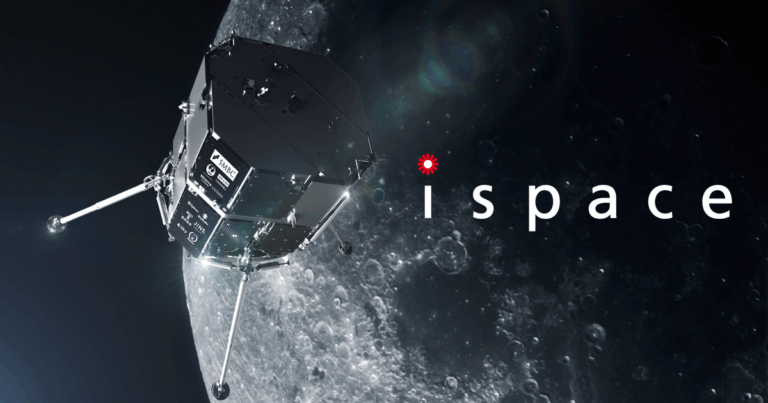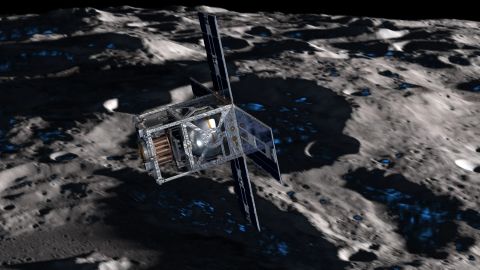
KSAT’s lunar ground network presented during Space Week

KSAT is expanding its offering to include commercial lunar communication services through a dedicated network of 20m-class antennas. Only limited by lead time in the supply chain, in the next 2-3 years KSAT will develop the first independent antenna network capable of fully supporting lunar missions. KSAT Lunar was presented by CEO Rolf Skatteboe at Silicon Valley Space Week.
Ever since the discovery of water inside the permanently shadowed creater of the Moon has revived the desire to return to Earth’s own natural satellite.
KSAT network and experience already makes it possible to support lunar missions. The ground stations in Svalbard, Norway and in Inuvik, Canada, with their 13m-class antennas, are already in use for that purpose, complimented by partner antennas, and KSAT LEOP stations. Going forward, KSAT’s 13m antennas and KSAT’s partner stations will not be enough to satisfy the missions’ recruitement and the growing demand for lunar comms. To satisfy this demand, KSAT will invest in dedicated network of 20m-class antennas.
The future of KSAT’s lunar network
The objective of NASA’s Artemis program is to return astronauts to the lunar surface – this time to stay. Artemis 1, due to launch in some weeks’ time, is an important milestone in the program. KSAT is playing a part in the NASA Artemis1 mission, by providing space-to-ground communication to LunIR, a spacecraft onboard Artemis 1, that will perform a fly-by of the Moon and collect important data about its surface, and by tracking the Orion capsule to help determine its location and distance to Earth. In addition, KSAT is working together with small- and large-scale lunar missions that will take place in the years to come. Gaining experience about the wide array of missions is essential.




You must be logged in to post a comment.